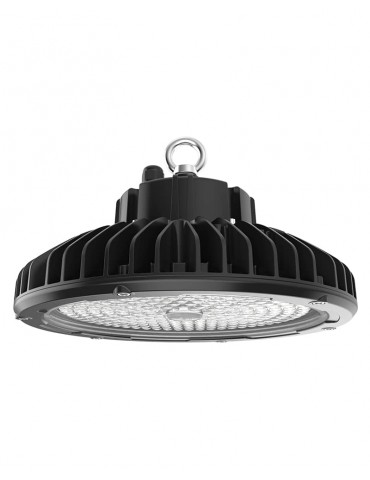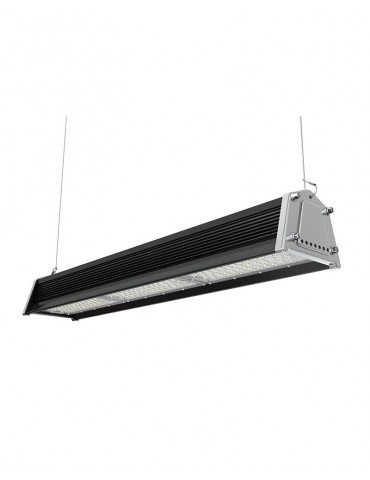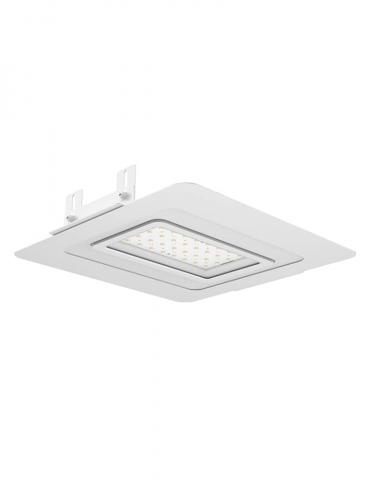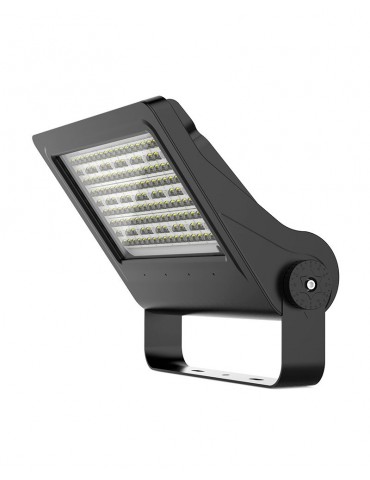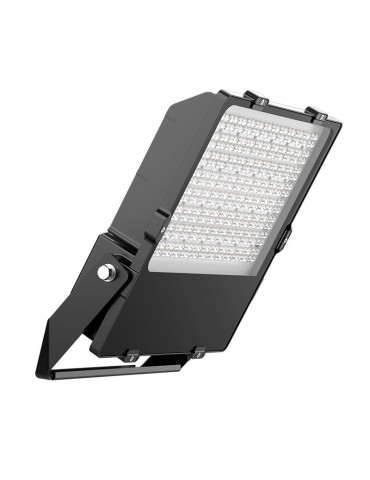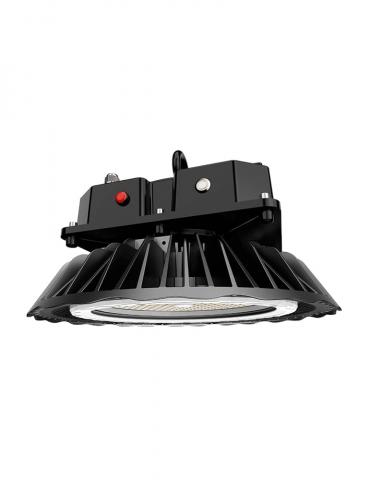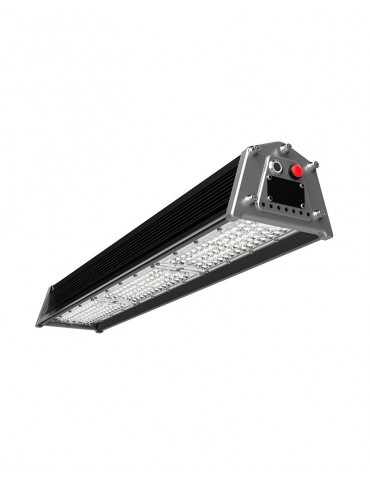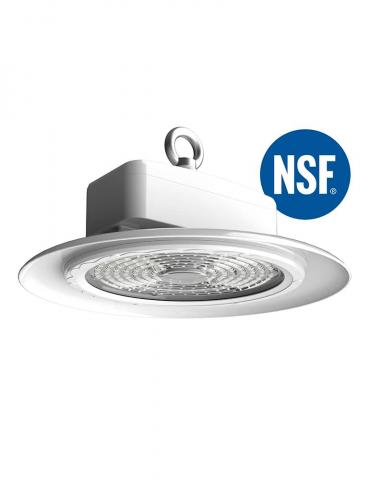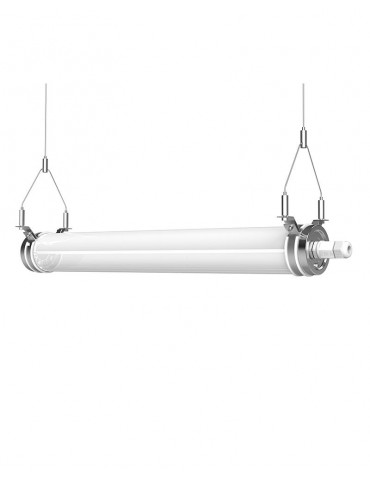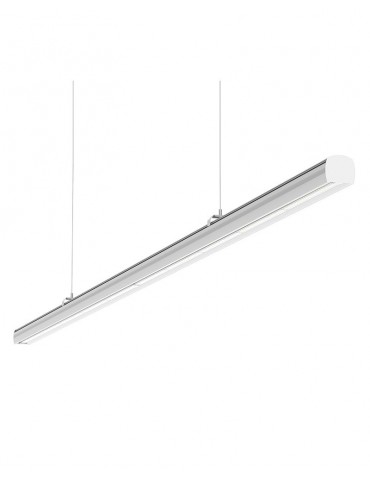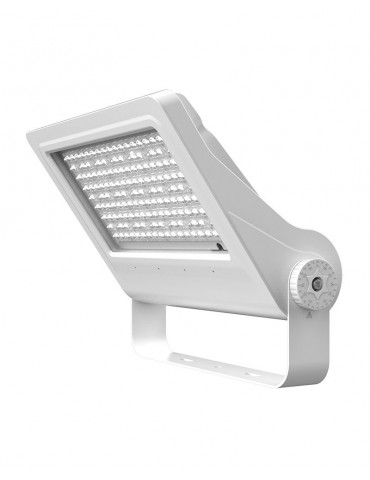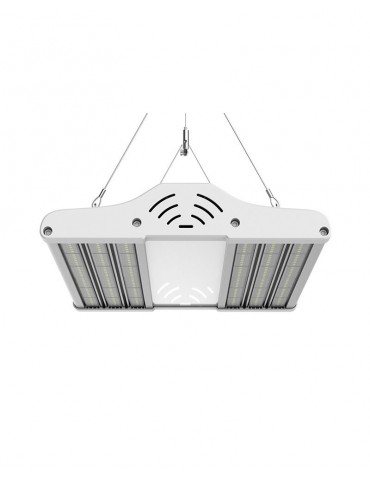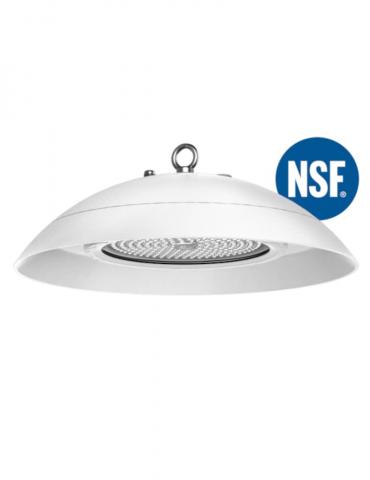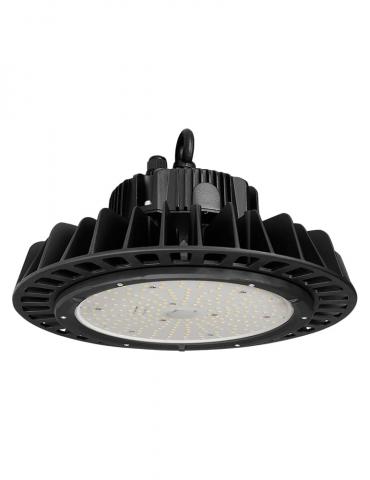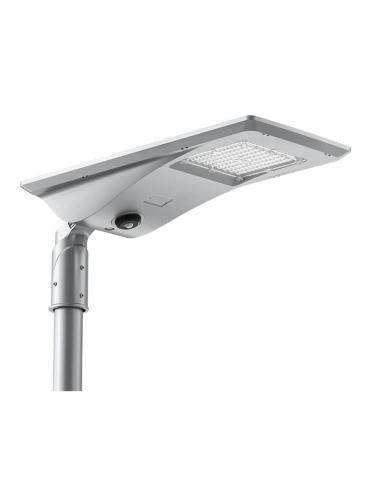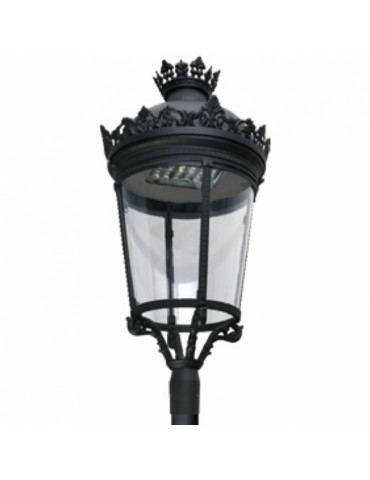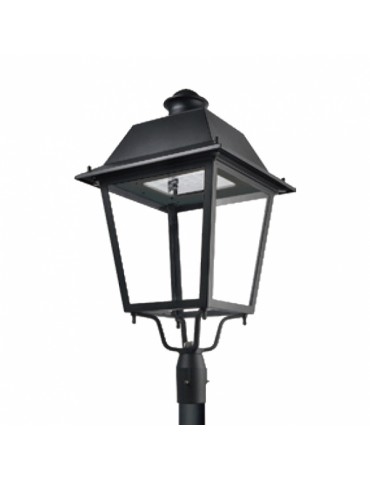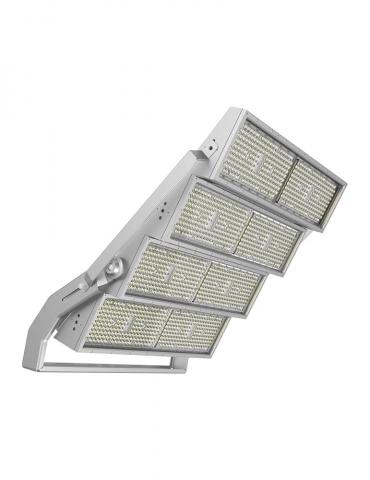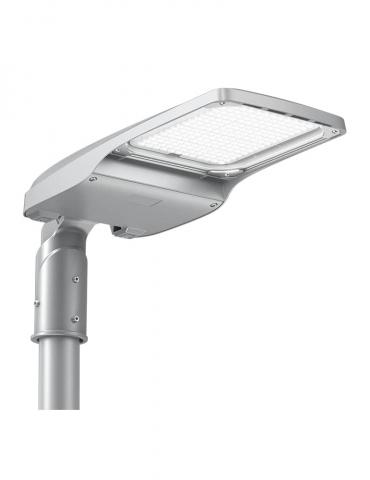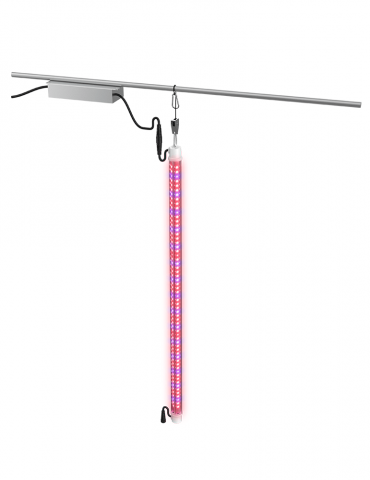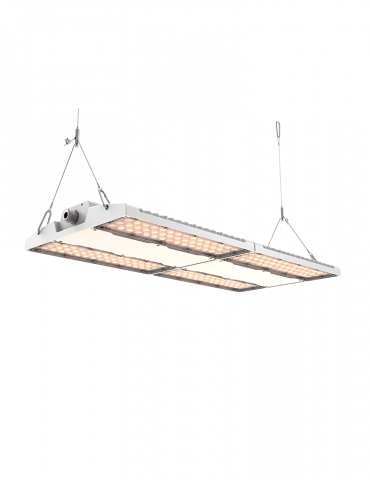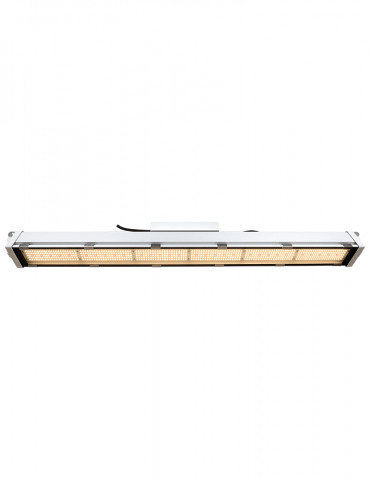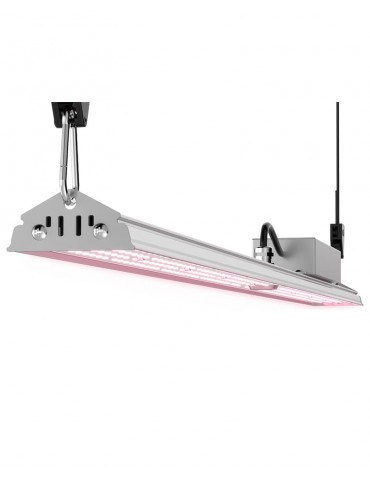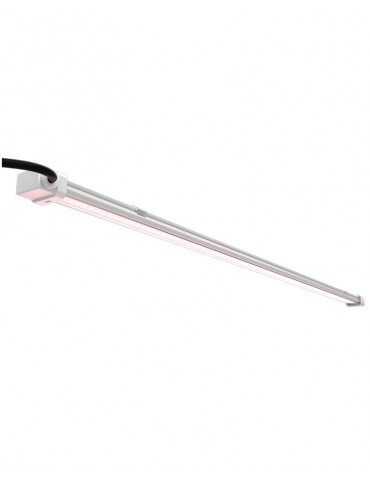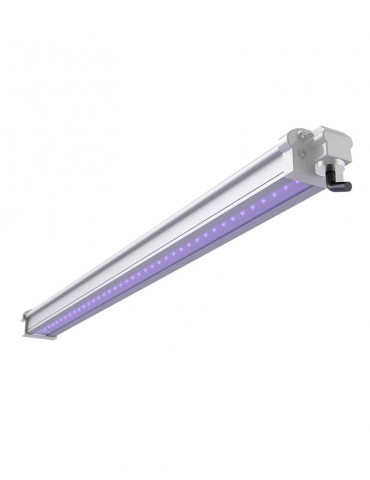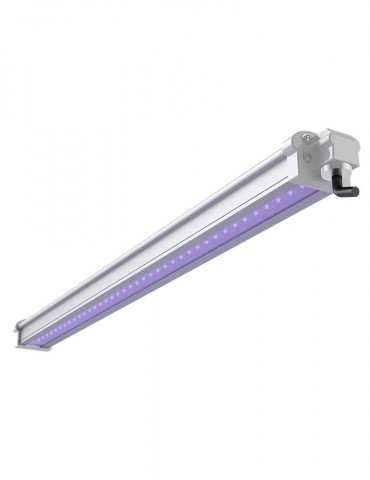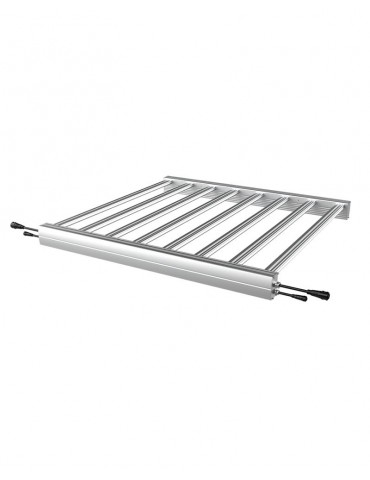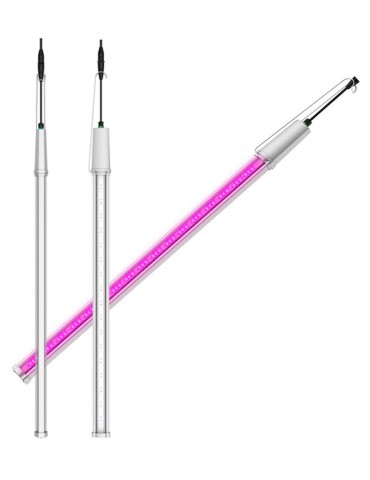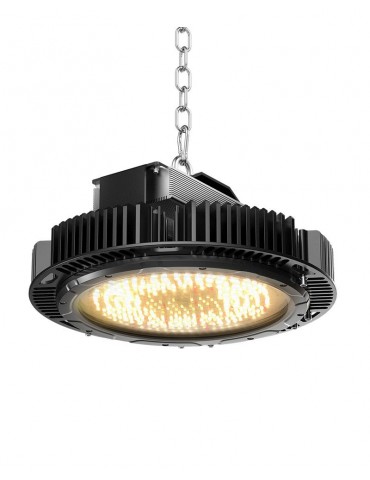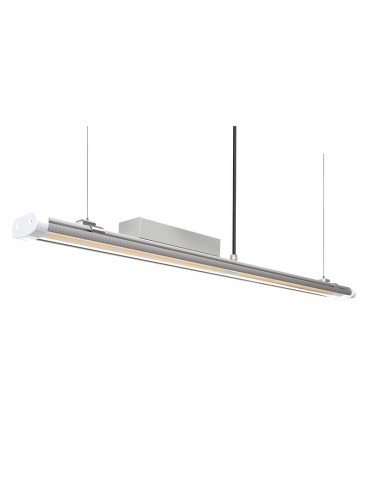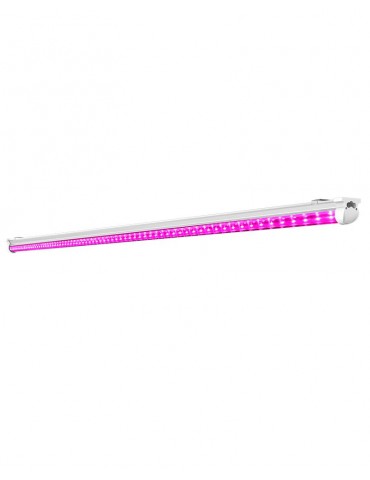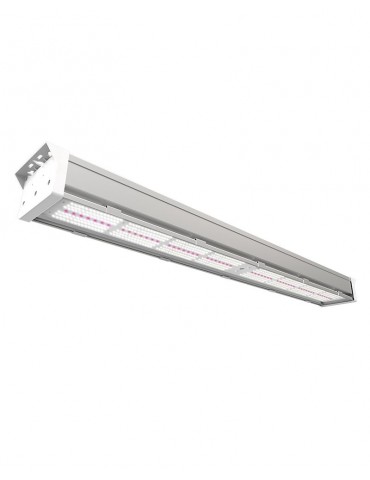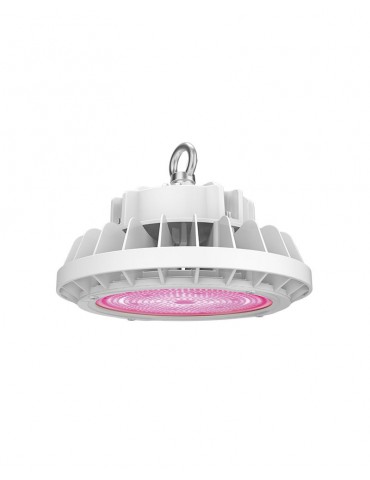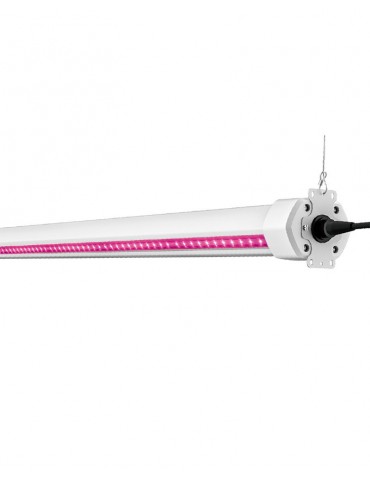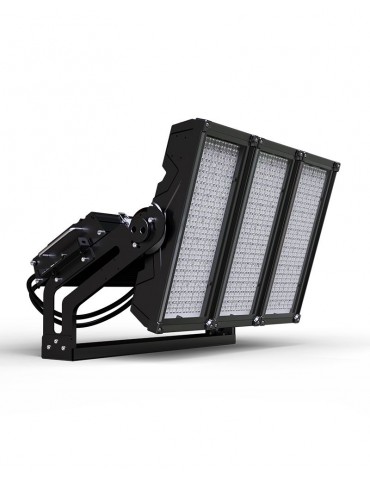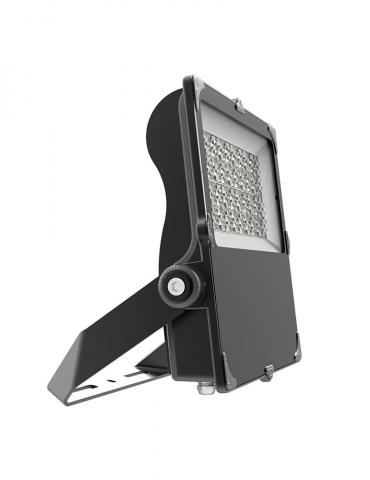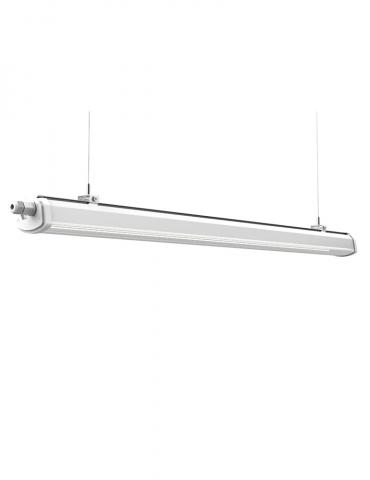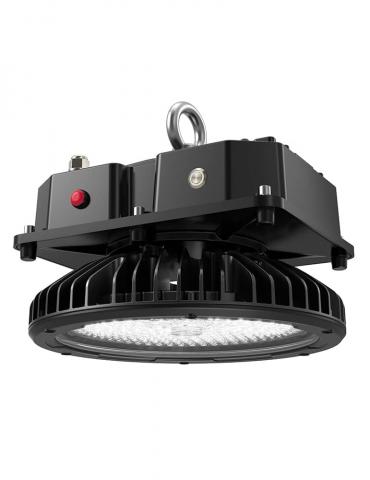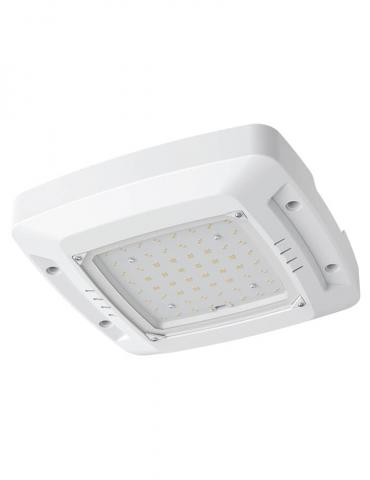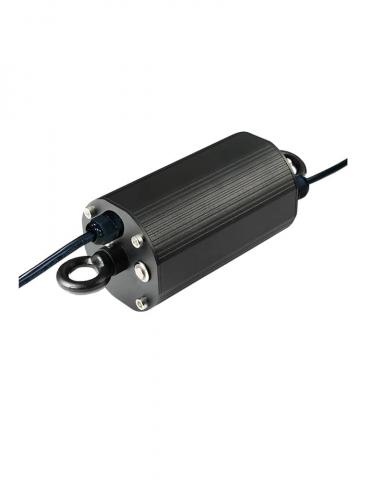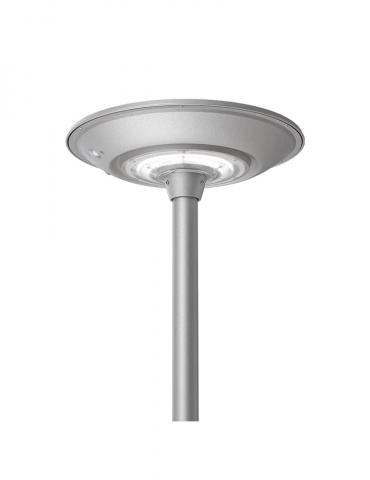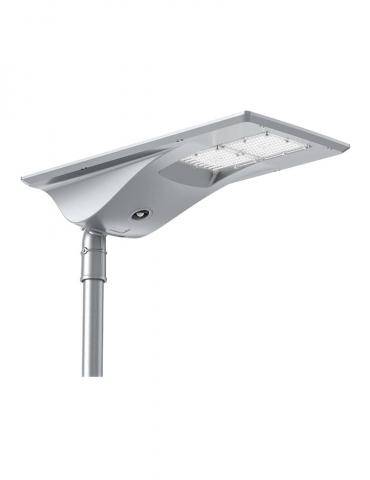Long ago, society started a war against the darkness that lasted a long time and thanks to lighting, We began to gain ground.

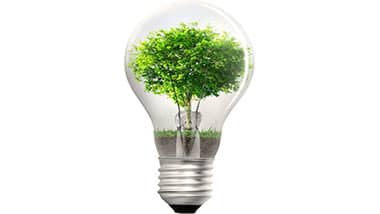
Lighting is a necessary good that has evolved over the years. Currently, LED technology has succeeded in replacing sodium and halides lighting by producing more lighting with less energy consumption and lower heat production, both by convection and infrared radiation, one of the great aspects to be taken into account, because thanks to this point is a more environmentally friendly and respectful energy.
Another favorable point are the ignition times, being instantaneous in LED luminaires and requiring a preheating time in the case of LEC, sodium and halides and require a cooling time of 5 to 10 minutes for reignition.
Today, no matter where we look, there will be lighting anywhere, whether in roads, urban streets, homes, sports centers, open spaces or with corridors, parking areas, crops and countless places. So then we will divide into several areas the type of lighting required, and LED luminaires that replace the traditional lighting of the same.
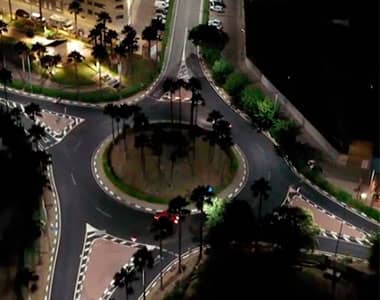
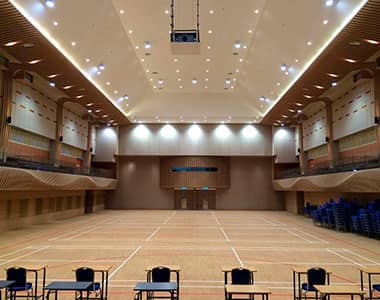
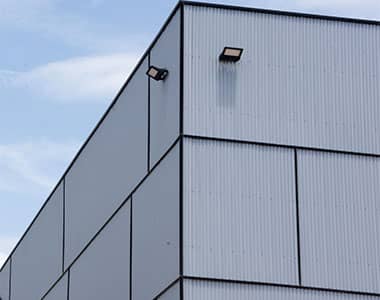
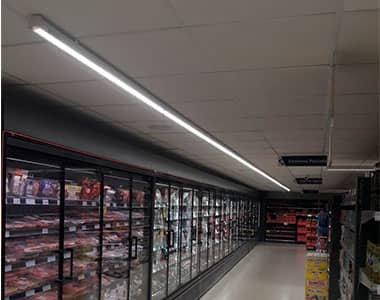
INDUSTRIAL LIGHTING
Industrial lighting, as the name suggests, is intended for the field of industries. This should not only illuminate the room, but it should provide the level of light that people need to work, depending on the use to which the room will be intended. The minimum standards and uniformity required are set out in several regulations (UNE12464_ 1 and UNE12464_ 2).
Industrial lighting can be divided into 3 types (open space, logistics and outdoor areas):
Open areas
Open areas are those that allow the passage of light almost completely. For this type of rooms, we usually use circular LED High Bay with open optics, to achieve good uniformity.


Logistics Zones
The logistics zones are industrial buildings with shelving areas and therefore their access corridors have to be illuminated. For this type of lighting, we use the linear hoods with a closed optics, thus ensuring that the LED lighting adapts well to the corridor area and so we do not waste light above the shelves and thus do not lose light energy.
Outdoor areas
For outdoor areas and even in some cases indoors, we usually use projectors, which must have a large index of protection to withstand the adverse conditions that may be. Color temperature should also be looked at, as in some places as Catalonia, require by law that this value does not exceed 4,000K.
We also use recessed spotlights to illuminate gas station canopies.

EMERGENCY LIGHTING

There is also emergency lighting, which accumulates energy in the built-in battery while there is power supply. The moment the power supply fails and we are without general lighting, enter emergency mode to facilitate vision to evacuate the room safely. In Venalsol Smart Light we have luminaires that work in normal mode and when the power supply fails enters emergency mode, providing 8W of lighting for about 3 hours.
LIGHTING FOOD
This type of lighting is intended for industries engaged in food products, as they must meet certain certificates. In these luminaires, there are no screws in sight to prevent it from collapsing on top of any food. The same is also true for the LED’s protector, as it cannot be made of glass for the same reason. Luminaires should not have slots for cooling, since which makes cleaning difficult.

ROAD LIGHTING

This type of lighting is intended for both roads, as urban areas (streets, parks, paths, chalets, squares, gardens and in infinite number of places). In Venalsol Smart Light, we have stylish LED street lights with good lighting efficiency vial. We also have the Solero luminaire, which works with solar energy and is perfect for areas where there is no electrical network.
CULTURE LIGHTING
Currently, there is growing interest in crop lighting, which can be used for the production of cannabis, fruit (strawberries, blueberries, etc.), vegetables (tomatoes, cucumbers, etc.) and green leafy plants.
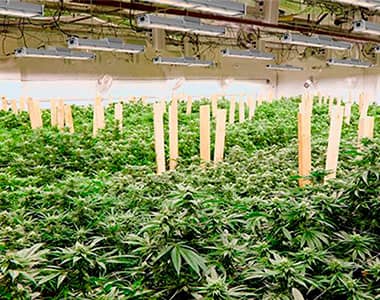
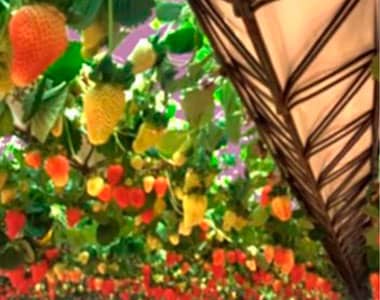
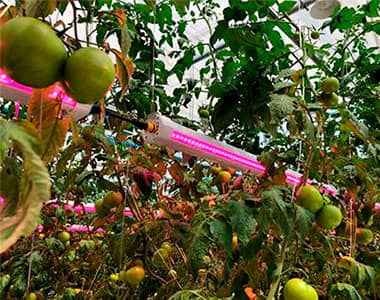
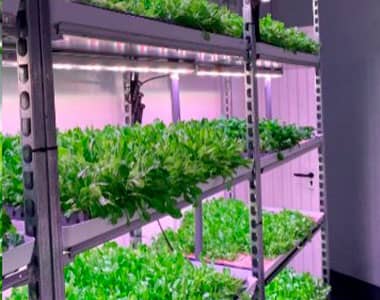
At Venalsol Smart Light, we have been investigating the effect of LED lights on plants, determining that the productive response depends on the spectrum used in LED luminaires, these can be used for different stages of the plants and achieve an increase in quality and productivity in each of them.
During the different investigations we were able to observe that the defensive response of different varieties to UV light implemented in our LED luminaires, it was not limited only to cannabis, is a natural method of plants to protect themselves from the rays ultraviolet of the sun. In the following images we can observe as a blueberry plant, which under natural conditions does not produce resin, is stimulated by UV light of our LED luminaires in our laboratory, obtaining the generation of resin in its leaves as a response to this stimulus. The implementation of UV light in luminaires intended for the production of medical cannabis increases the production of resin and therefore of the molecules by which it is grown.
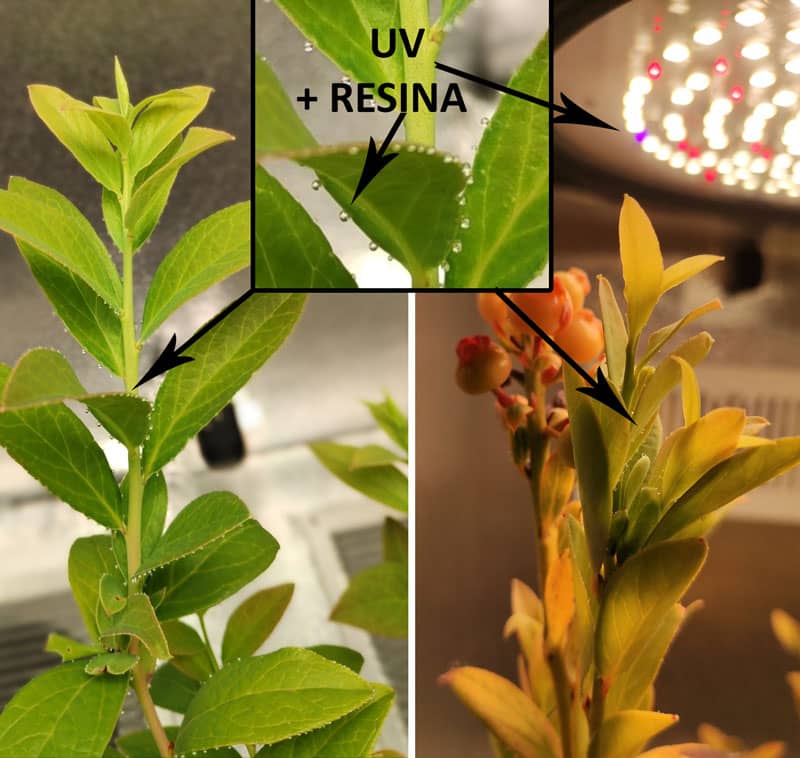
REGULATION
Today, due to the large number of luminaires on the market, rooms to be illuminated, technicians who carry out studies and many other factors, regulations created in the Technical Committees for Standardization (CTN) were implemented of the Spanish Standardization Association (UNE, formerly called AENOR). These standards (UNE 12464_ 1, UNE 12464_ 2, UNE-EN_12193, etc.) indicate the minimum, average and maximum value of illumination and uniformity to which rooms must be illuminated, depending on the use for which they are intended. The following is an example:
YOUR LIGHTING STUDIO
In our company Venalsol Smart Light, by using a program capable of simulating in 3D, we advise our customers to get the best lighting based on the regulations, all this depending on the use for which the scene is intended that we have to illuminate (whether indoor, outdoor, offices, cultivation, etc.) making the most of each luminaire’s efficiency and wasting the least amount of light energy. Which generates a great light comfort and economic.
NEEDS A LIGHT STUDY ▶ REQUEST WITHOUT OBLIGATION
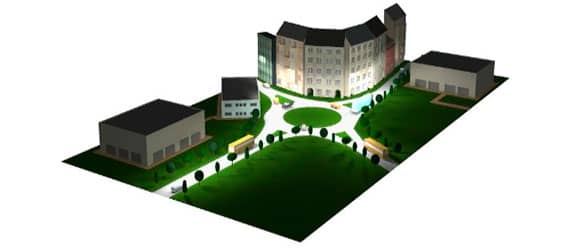
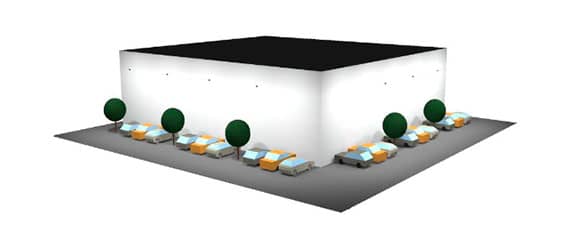
COLOUR RENDERING INDEX (CRI)
One of the important aspects to consider when looking for lighting, is the color reproduction index (CRI), a value that indicates the ability of the luminaire to show the colors of an object taking as reference natural light, which will have the maximum value. When the value is closer to 100, better CRI we will have.

OPTICS (ANGLE OF APERTURE)
Another important aspect when looking for lighting, is the choice of the right optics, because depending on the place to illuminate, it will be better one or the other optics. There are large aperture symmetrical optics for clear areas, asymmetric optics for corridor areas and many more for other uses. That’s why, from Venalsol Smart Light, when performing a 3D simulation of the scene to be illuminated, we can test various combinations and end up offering the best option to our customers. Some examples of optical apertures:
30º
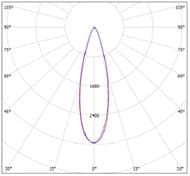
60º
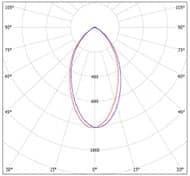
50x90º
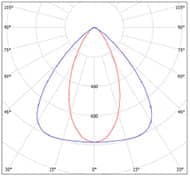
90º
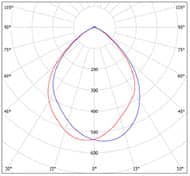
40x120º
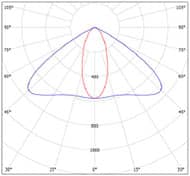
120º
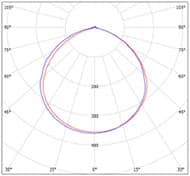
COLOUR TEMPERATURE (K)
When purchasing a luminaire, the color temperature must also be observed, as this factor identifies the color of the lighting produced by the luminaire. The color temperature of the sun is around 5500K.

NEED MORE INFORMATION AND PRICES ▶ REQUEST WITHOUT OBLIGATION


